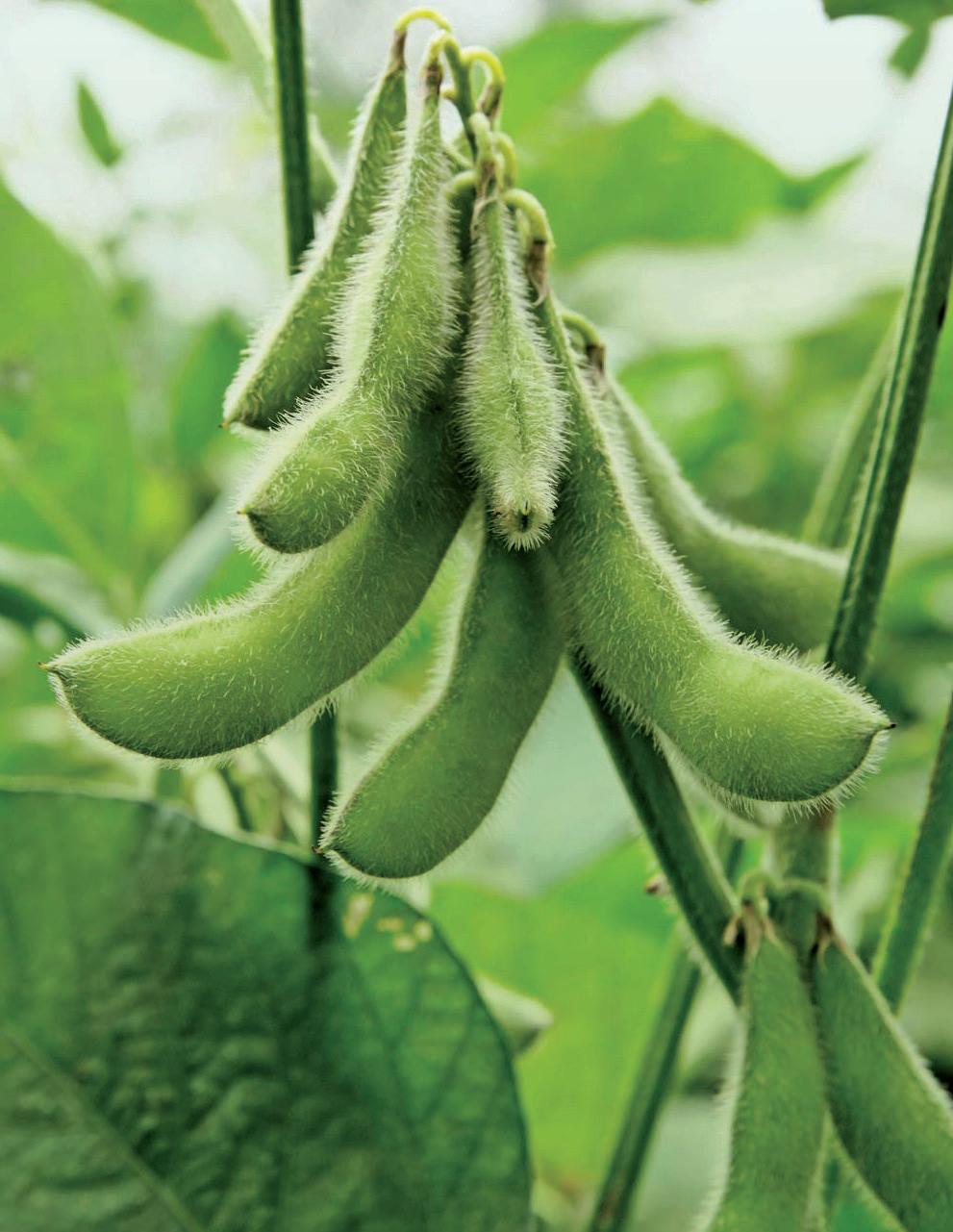
1 minute read
The Pan-African Soybean Variety Trial (PAT) Program: Fast-tracking varieties to the market
CHALLENGE: Farmer yields in Sub-Saharan Africa are less than half the average of yields worldwide. One reason is the limited quantity and poor quality of soybean varieties available to farmers. Public sector breeders struggle due to lack of resources and are unable to release improved and locally adapted varieties on a regular basis. Private sector breeders do not develop new varieties because they lack intellectual property protection.
SIL’s Current Pan-African Trial network SOLUTION: SIL’s Pan-African Soybean Variety Trials fast-track the introduction and testing of commercial soybean varieties sourced from across Africa, the U.S., Australia, and Latin America to provide the private sector, farmers, and processors with access to a broader selection of seed than what is currently available. SIL leverages its role as an independent third party and its unique access to international, regional, and national supplies of high-yielding and disease resistant germplasm to swiftly bring new varieties to market.
Advertisement
Starting in 1 country and 4 locations in 2016, demand for the trials have pulled the PATs into 24 countries across 113 locations today. A network of 59 public- and private-sector partners now support the trials. In a short time, the PATs have already been successful in bringing 7 new soybean varieties to farmers in Ghana, Ethiopia, Malawi, Mali, and Uganda, with 10 more in the registration pipeline in Cameroon, Ethiopia, Kenya, Malawi, and Zambia. Local seed producers now have access to many varieties for registration, multiplication, and commercialization, rather than just one or two aged, national varieties. Breeders and seed companies understand that seed contracts and royalties are central to commercialization. Public breeders now see a new revenue source for their breeding programs. Private breeders see new markets, and a low-cost way to enter these new markets. Local seed producers see a way forward to improve farmer productivity.

The 3-part incentive-based structure of the PATs enable countries across Sub-Saharan Africa to shift away from seed saving practices and towards a sustainable private sector seed system complex that drives soybean development. This incentive-based system leads to higher yields, profitable soybean production, and reduced poverty and hunger across the African continent.











